The squat has been regarded as to be the best exercise we could perform for our legs in order to increase our metabolism, boost the levels of testosterone and increase muscle mass generally. There are numerous benefits to the squat and it’s an exercise with multiple functions that is certainly the one that has the greatest number of muscles.
It is an exercise that is that is essential for any athlete, regardless of what sport they play, as it assists us in advancing with training, enhancing resistance and preventing injury to muscles.
In this piece in this article, I’d like describe the benefits of training the muscles in the lower part of the body, as well as how to properly perform squats.
6 Amazing Benefits of Squats
Build a balanced lower body
Squats are done by moving the hip, ankle, and knee at the same time , stimulating the entire muscle group of the lower part of the body, since every muscle and joint is working in tandem.
For instance, for instance, when you utilize the equipment for training at your sports club to strengthen your lower body, although it’s simple to exercise, the majority of them are designed to stimulate certain muscles, like the quadriceps muscle located at the side of the thigh as well as the hamstrings in the back of the thigh.
Squats, on the other hand, let you train your entire lower body effectively and in a coordinated manner. Additionally, it is also often utilized as a menu of training in sports since it involves multiple joints simultaneously and is the most significant and efficient way to stabilize the body’s center of gravity.
Improves posture
Squats are not just a way to exercise the entire lower body equally but also provide an excellent stimulation for the “core” that assists in maintaining the correct posture while moving. By strengthening your core, you could anticipate to enhance your posture as well as increase the weight you are able to carry effortlessly during other exercises.
Squats are among the most effective free weight exercises throughout the exercise. Squatting while lifting weights requires you to maintain your posture to ensure proper posture and this in turn calls for the core muscles of your body to function effectively.
For instance, when you utilize, for example, a machine to train muscles in the lower part of your body, you typically lie or sit in a chair. This can reduce the stimulation of the muscles in the back and abdomen.
Squats, in contrast generally, can be done when standing. This means you must maintain your position in your mind and refrain from being able to lean back so that you are able to be able to provide a lot of stimulation for the upper part of your body.
Squatting increases the flexibility of hip joints, which is another benefit for correct posture.
Increases Basal Metabolism
The muscles of lower body muscles are the most significant parts of the body like the calves and thighs. This makes it easier to build muscle in the lower part of the body as opposed to the upper and it could be stated that the benefit of exercising is that the growth in the muscle mass allows it to boost the basal metabolism significantly.
the greater your basal metabolic rate the lower your chances will gain weight, and the more likely to shed weight.
Reduces fatigue
If the strength of your lower body muscles is greater, you’ll feel less fatigued in your everyday life. Particularly, if you are working in a position that requires lots of walking or standing you’ll feel less exhausted than you did previously, even if do the same work as you do every day if you work on strengthening your lower body muscles through doing squats regularly.
You’ll also be able to move more easily when you have to push yourself to the limit when lifting large objects, climbing the stairs, or even running.
If you work out your lower body by squatting regularly, you can anticipate a number of advantages in your everyday life.
Strengthens bones
As we age, bone density declines dramatically.
We tend to imagine “calcium consumption” as a means for strengthening our bones however, introducing calcium into our body on its own is not going to make our bones stronger. To strengthen bones, exercise regularly is crucial.
In particular, training using exercises like squatting, which exerts a force in the direction of longitudinal force (vertical force) is thought to be highly effective.
Particularly in the case of osteoporosis. The loss of bone density isn’t as painful, and it can go on without being noticed, which is why it is advised to do squats to build your bones.
So, of the many advantages of squats, one of them is that they help to prevent the loss of bone density as we age.
Helps to protect joints
Squatting may also offer “joint security” benefits. Similar to bones as we age, our bodies begin to experience joint pain, such as in the lower back and knees as we age.
Actually, joint pain is not an issue with the joints, but rather the root of the problem can be traced to the weakness in muscles in the lower part of the body. When the strength of muscles in the lower part of the body decreases and so the strain on joints is increased as wear and tear on joints increases.
This could also be the case for those who’ve previously been injured during sports.
As a child, the muscles you had weren’t weak and were able to defend your joints. However, as you age your muscles weaken, and you gradually be in pain.
If you can It’s recommended to perform squats in order to protect joints that are vital for your daily activities.
the squat exercise, which is thought to provide numerous benefits, is going to make your body weaker and not efficient if it is not executed in the correct manner.
what muscles do squats work?
The squat is a key exercise that is great for warming up and strengthening legs, but it’s not an exclusive movement for this particular part of the body. Many people believe that only the quadriceps muscles will be engaged, but as an exercise that is compound, it can work multiple muscles simultaneously.
Quadriceps
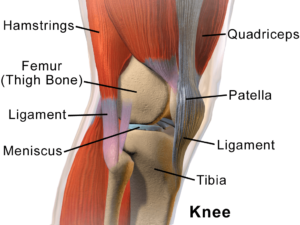
it is the muscle that is engaged in the squats. Being able to build strong quadriceps muscles is essential for everyone since they allow us to extend our legs, lift our body, and move and lift our body mass, which is all of which we carry out every day. If you’re into the sports of cycling, running, or triathlon, then you’ll know how crucial it is to have strong legs therefore if you do not do squats, you should start by including them in your workouts.
Buttocks and hamstrings
Without those muscles, the body would not remain straight. Through squats, we can build up this vital muscle group for anyone who plays athletics. keeping hamstrings and glutes in good shape can make a difference when you finish the race when fatigue starts to show.
Abs and lower back (Spinal Erector)
A strong core is essential to any athlete. It helps us maintain a healthy posture and prevents back pain, the ability to balance and stability, and also helps keep our spine in a stable position during training. When we squat the muscles of these groups are engaged, and if it wasn’t for them, our neck and spine would slide forward without stability, therefore it’s important to maintain a well-worked torso to avoid any kind of injuries and pain.
Calves
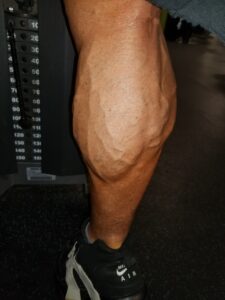
These are the muscles most likely to be least affected by squatting, yet they are essential to stop our legs from being pushed forward during the exercise.
4 points on how to do squats correctly.
(1)Do not Keep your knees in front of your toes
One of the most incorrect ways to squat is simply to bend your knees and not bend the hip joint as much.
most importantly, squatting is mostly about hip movements.
A lot of people, particularly those who are brand new to training, believe that squatting involves bending their knees. But in reality, the proper form for doing squats is to move the hip joints frequently and then push the hips back and decrease the weight of the upper back.
If you squat and don’t bend the hip joint, the body’s structure can cause your knees to advance more than your toes. This is bound to cause a lot of strain on your knees and create discomfort.
When squatting, be aware of your hips first. Bend your knees and keep your hips in a straight line, making sure your knees aren’t further forward than your toes.
(2) Point the toes and knees in the same direction
There’s a second incorrect form of squat that causes joint pain. It is crouching, in which you’re pointing your “toes”, as well as the “knees”, which have different directions.
the correct form of squatting is for knees to be along the exact direction the toes are pointed however some individuals use squatting with their toes pointed outwards and the knees facing inwards. This is known as “knee-in-toe-out,” and it causes stress to the inside of the knee, which can lead to discomfort.
Always remember that when you are doing the squatting movement, you must be sure to move your knees in the same direction as your toes.
(3) Bend your thighs until they are parallel to the floor.
the most important factor in achieving effective training is to expand your range of motion for joints. If you are performing the movements within a limited space, you won’t receive enough stimulation and not see good performance.
When squatting, it’s crucial that you move your hip joints to extend the range of motion.
Bend your hips with a firm bend while keeping your center of gravity on the ground.
The best method to accomplish the best job is by lowering your back until your legs are parallel to your floor.
(4) Do not bend your back
the lower portion of your body isn’t the only thing to be aware of when you squat. The upper body isn’t moving, is equally vital.
This position puts lots of pressure on the spine and could cause back discomfort.
to avoid rounding the back while squatting, to avoid rounding the back, it is advised to keep your back towards the front (or slightly upwards) and your chest up and your hips bent slightly. The best method to accomplish this is to keep the same posture and keep your abdominal muscles in the squatting process.
Squats are so effective that they are called the “King of Exercises”.
That being said said, squats aren’t an extremely difficult exercise. It is an exercise anybody can easily do.
But, using the proper form and squatting using the wrong form will produce different results If you’re planning to do this ensure that you utilize the correct form in order for the best results.
Once you are comfortable with the squatting technique using your body weight, you can try using weights, such as dumbbells or bars. You can expect to see even better results. Comment below if enjoyed this article
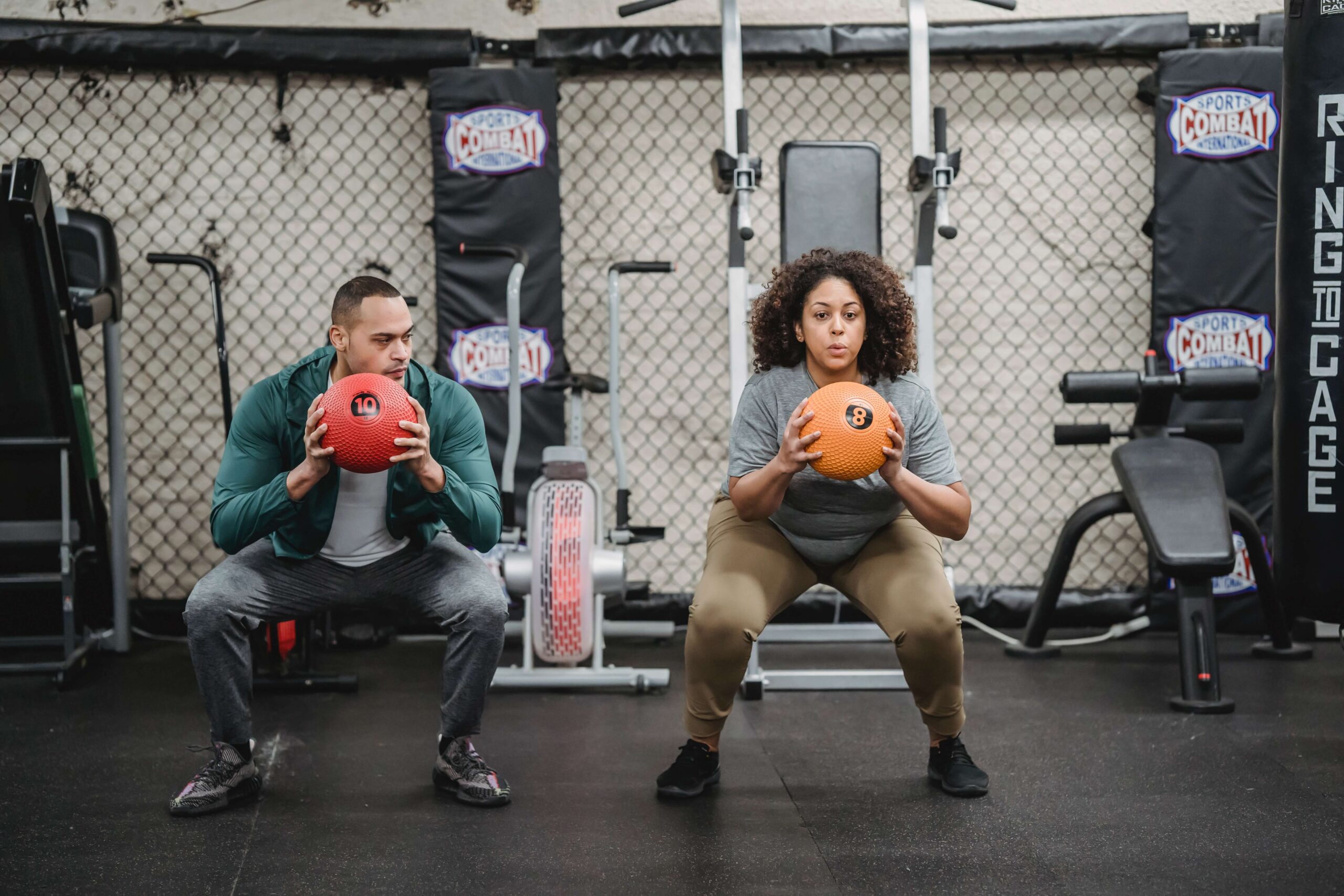

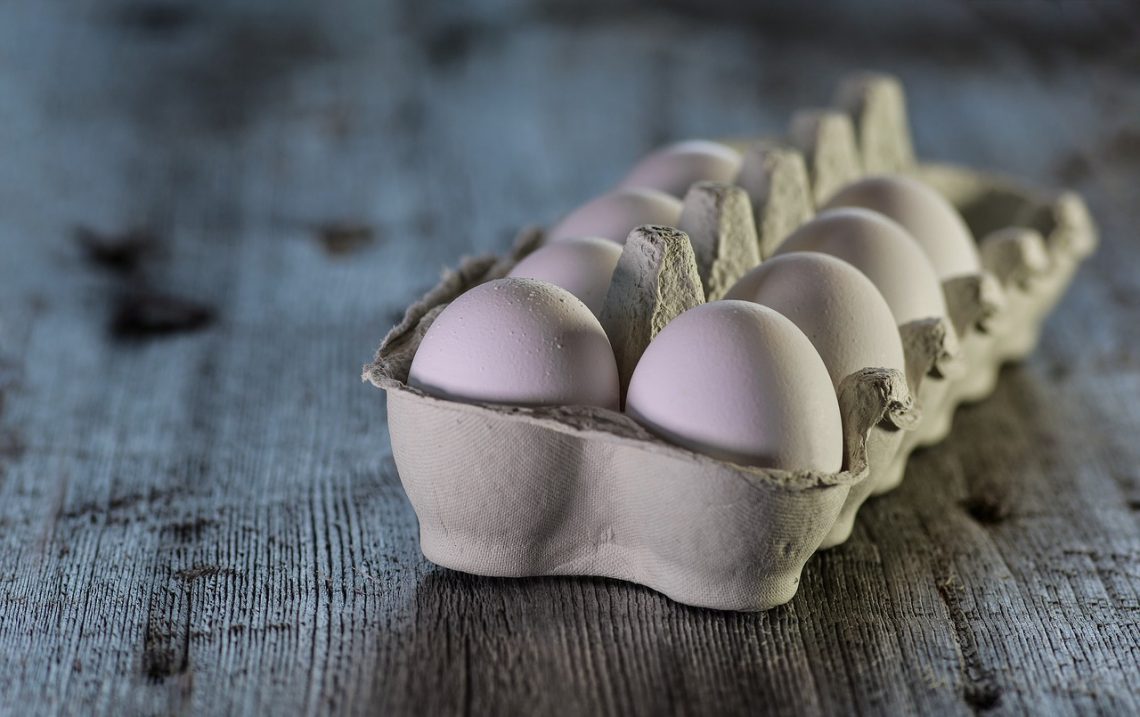
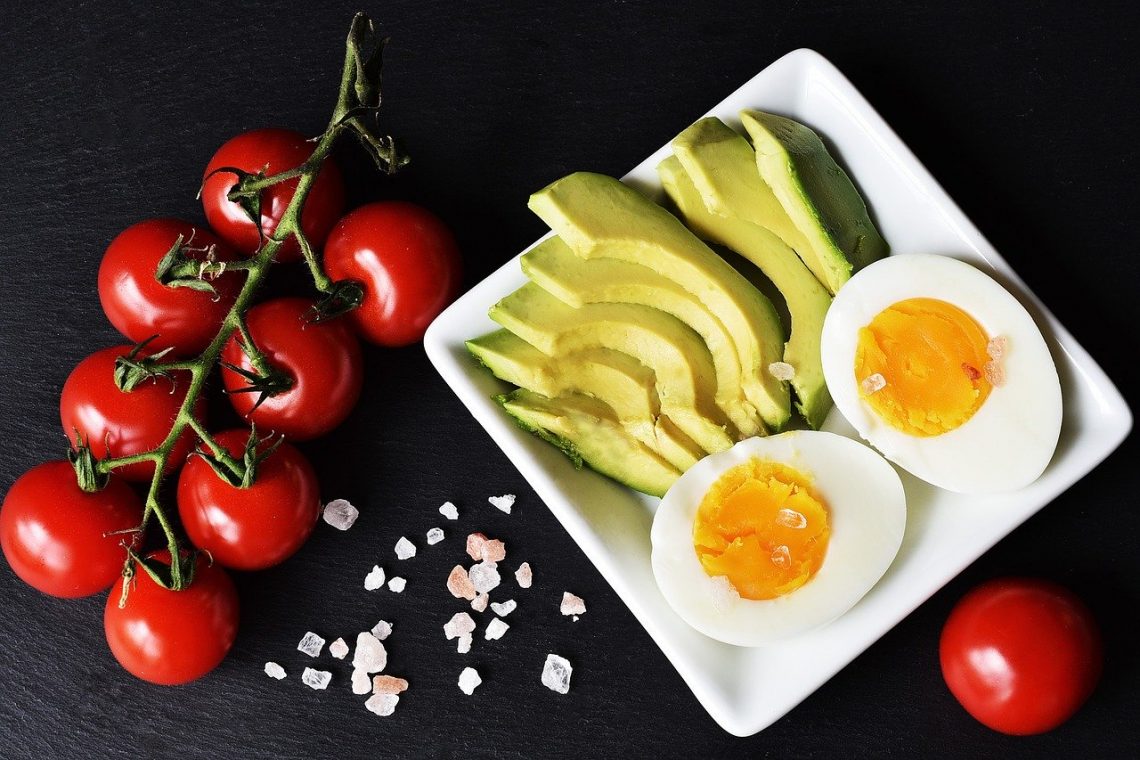



![How to lose back fat for men[8 Amazing Exercises]](https://healthiswealthguides.com/wp-content/uploads/2022/03/download-3.jpg)

There is certainly a great deal to learn about this topic. I love all the points you have made.